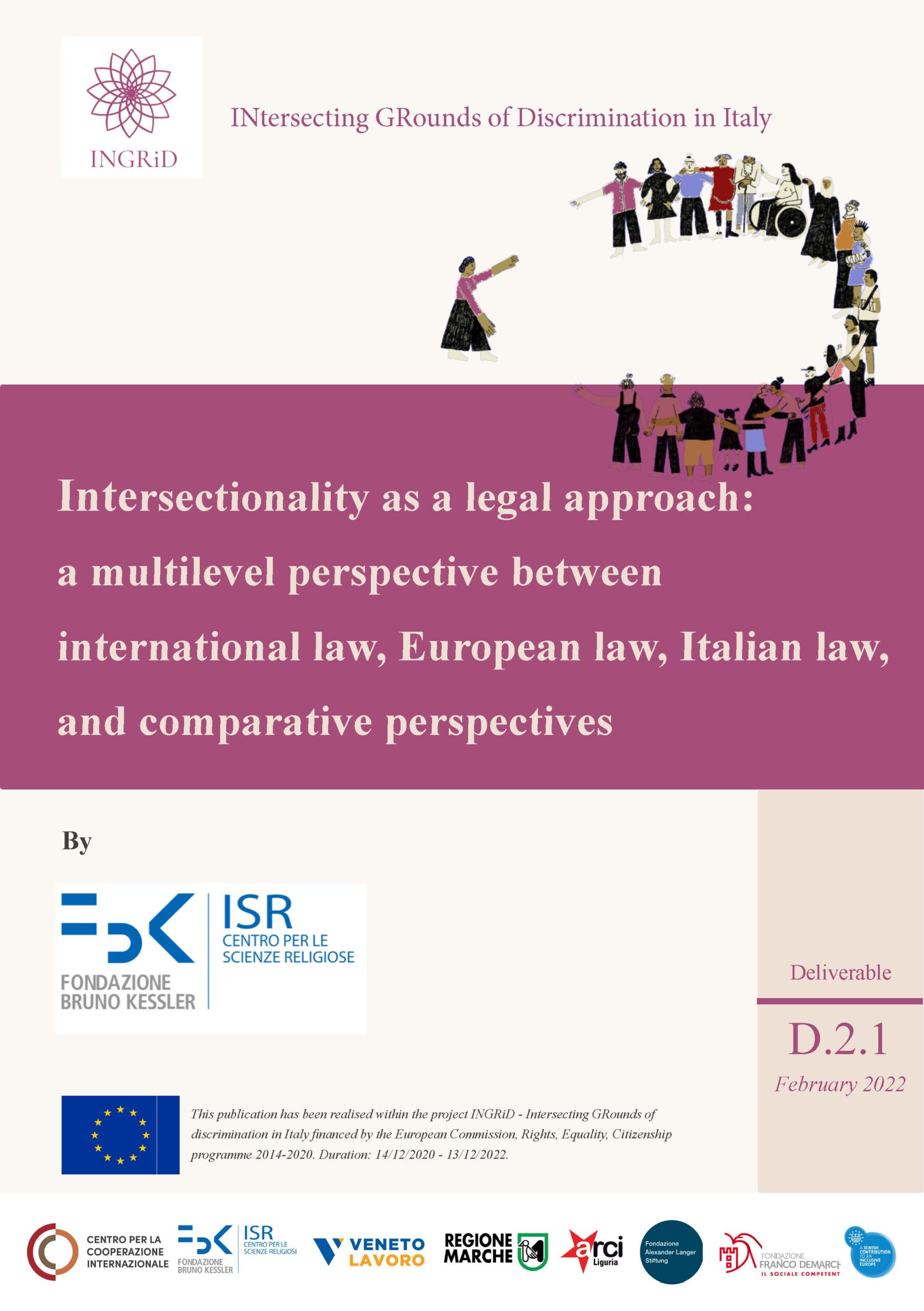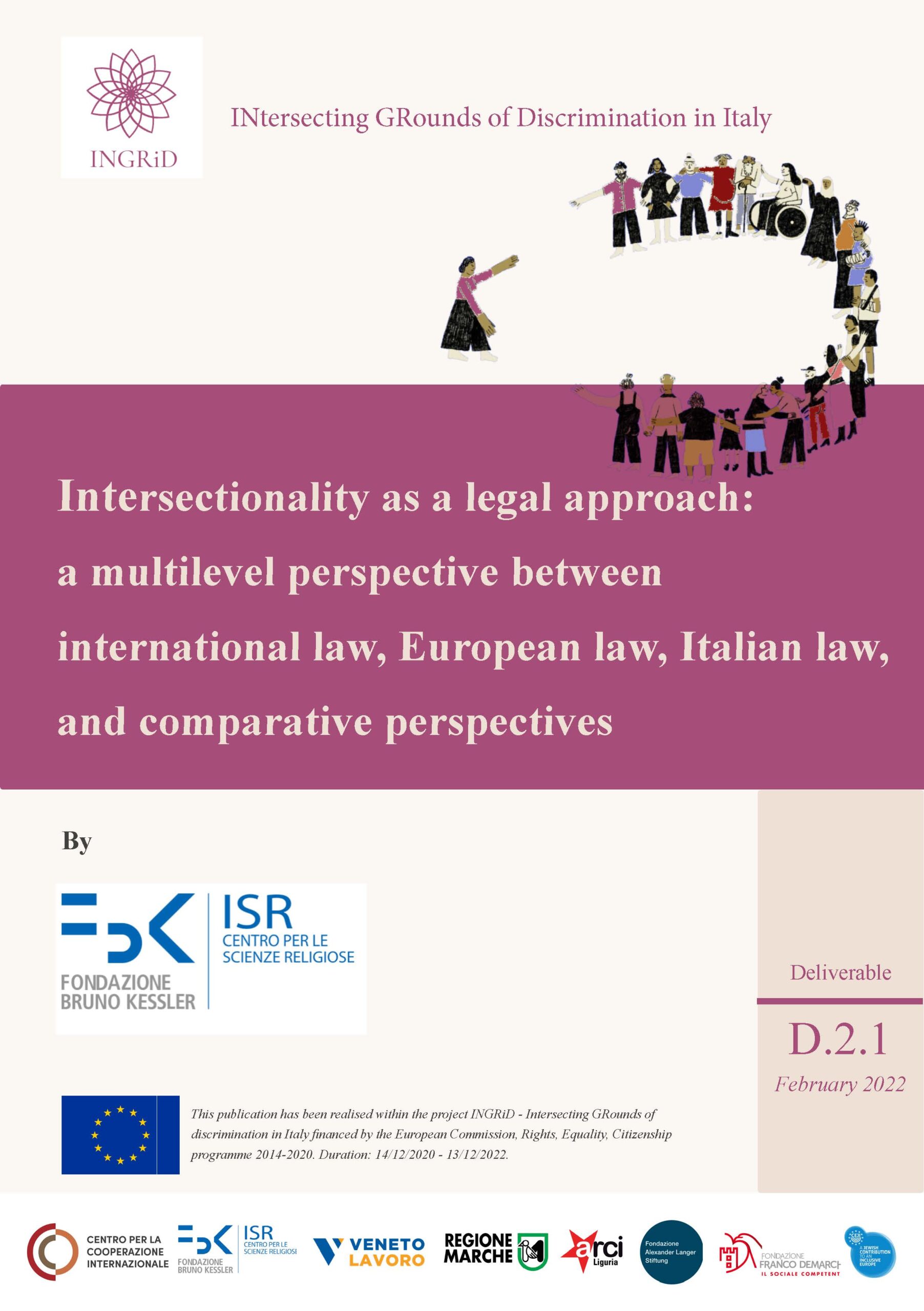
.
This report aims to investigate the legal dimension of the concept of intersectionality. Originated in the context and practice of American legal activism of the early 1920s, intersectionality enters the language of institutions and international law as a tool for reading the phenomenon of discrimination within the promotion of human rights. The comparative viewpoint identifies a general resistance to the use of the category of intersectionality by national and supranational courts, due to the preference for a specificity-led approach and the difficulties in adapting the common law tradition within the domestic legal systems. The Italian case is an interesting point of observation of the possible applications of the intersectional approach: a re-reading of some of the main pronouncements on anti-discrimination law by the national courts shows how intersectionality is a method of redefinition of the categories of discrimination that allows a wider protection of complex subjective identities. In this sense, the intersectional approach embraces a holistic conception of the human person and leads to the emergence of a plural and inclusive vision of anti-discrimination protection.
The drafting of the report is the result of a collective reflection and research process. Paragraphs 1 and 2 were written by Daniele Ferrari; paragraph 3 by Nausica Palazzo; paragraphs 4 and 5 by Ilaria Valenzi. Special thanks to Valeria Fabretti for the help and valuable discussion during the drafting of the text.



